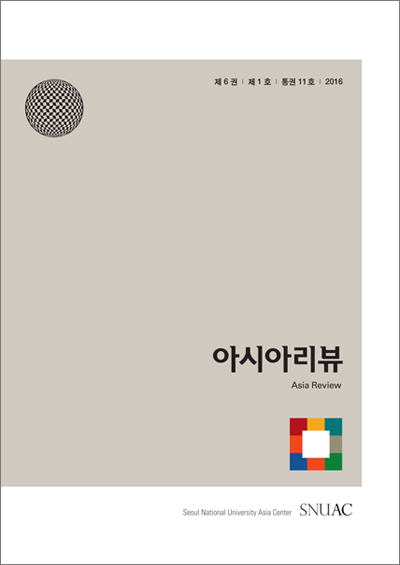In the early 2010s, throughout Japan, far-right groups held numerous racist demonstrations against Asian peoples, especially people of Korean descent. Also during the same period, non-fiction books and magazine articles that denigrated South Korea coalesced into a literary genre known as ken-kan (hate-South Korea; hererafter, hate-Korea), particularly attracting male readers over 40 years old (“Heito bon” 2017, September 16). Hate-Korea books, alternately called heito bon (hate books), are a form of hate speech that requires a specific examination. Published by mainstream publishers and shelved along with other books in ordinary bookstores, hate-Korea books are a more formal or authorized form of knowledge than racist remarks made online or at racist demonstrations.
In 2014, two hate-Korea books, Bo– kanron (Stupid South Korea) (Murotani, 2013) and Chikanron (Shameful South Korea) (Lee, 2014), reached the bestseller lists (Nippan, 2014; Tohan, 2014). The former was written by Katsumi Murotani, a Japanese journalist who had served as a special correspondent in Seoul in the 1980s for Jiji Press, one of the two major Japanese wire service agencies, and retired from the news agency in 2009. The author of the latter was Sincere Lee, a self-described Korean dentist living in Korea, whose Japanese blog began in 2009 and attracts more than 100,000 page views per day. The publishers of the two books are the right-wing publishers Sankei and Fuso– sha. One estimate holds that more than 200 hate-books (including anti-China ones) were published between 2013 and 2014, the years of their peak popularity (Oizumi et al., 2015: 3). The popularity of the two bestsellers from among numerous hate-Korea books can be partly attributed to the fact that Murotani was a former special correspondent in Seoul for Jiji Press and Lee’s claim to be Korean.

